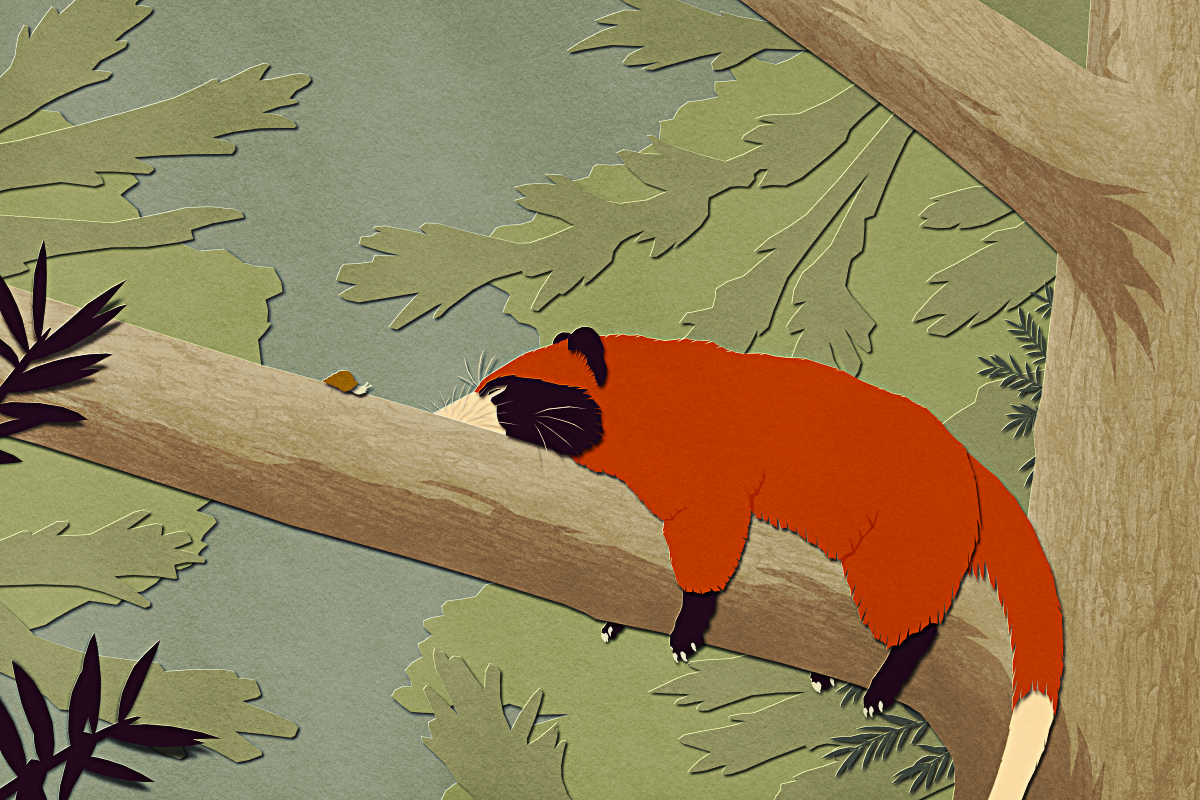Although most Mesozoic mammals were rather small, a few different lineages produced some pretty hefty-sized forms – most notably the metatherian Didelphodon, the gondwantherians Adalatherium and Vintana, and the eutriconodont Repenomamus.
And now we’ve got another one to add to that list.
Patagomaia chainko lived towards the end of the Cretaceous, about 70 million years ago, in what is now Patagonia near the southern tip of South America. Known from some partial leg and hip bones, it was potentially the largest known Mesozoic mammal yet discovered – estimated to have been similar in size to a modern bobcat, roughly 50cm tall at the shoulder (~1’8″) and weighing around 14kg (~31lbs).
Distinctive anatomical features of the bones indicate it was an early therian mammal, the group that contains both modern marsupials and placentals, but it can’t currently be classified any more specifically than that. Mesozoic therian fossils are very rare in the southern continents, so Patagomaia‘s presence in late Cretaceous South America adds to their known range and diversity, as well as providing an example of surprisingly large body size for the time.
Without more material it’s impossible to tell what Patagomaia‘s ecology was. I’ve gone for a fairly generic life appearance here, and while what’s known of its joints and muscle attachments doesn’t indicate climbing specializations, plenty of unexpected tetrapods still like to get up on tree branches.

